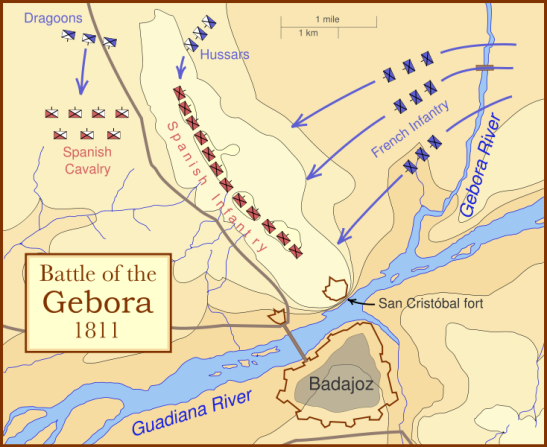Jomini on the Nature of War – Part IV – The Basics
This post continues from Jomini on the Nature of War: Part I Introduction here, Part II The Burgeoning Military Theorist here, and Part III The Founder of Modern Strategy here. Please note links in blue lead to additional information on those topics.
.

 Jomini was a list maker and a categorizer which influenced the form of his thoughts on the nature of war. His work, The Art of War, begins with a definition of the art of war in terms of five military branches: Strategy, Grand Tactics, Logistics, Engineering and Minor Tactics.
Jomini was a list maker and a categorizer which influenced the form of his thoughts on the nature of war. His work, The Art of War, begins with a definition of the art of war in terms of five military branches: Strategy, Grand Tactics, Logistics, Engineering and Minor Tactics.
Strategy – “the art of properly directing masses upon the theater of war either for defense or for invasion; the art of making war upon the map.”
Grand Tactics – “the art of posting troops upon the battle-field according to the accidents of the ground, of bringing them into actions, and the art of fighting upon the ground, in contradistinction to planning upon a map.” It is “the maneuvering of an army upon the battle-field, and the different formations of troops for attack.”
Logistics – “the art of moving armies and the execution of strategical and tactical enterprises” and “comprises the means and arrangements which work out the plans of strategy and tactics.”
Engineering – “the attack and defense of fortifications.
Minor Tactics
Jomini adds a sixth branch which he calls, “Diplomacy in its relation to War.” This he envisions as the role of the statesman in war and particularly in those activities which lead up to it. He provides the criteria from which a statesman can conclude whether a war is “proper, opportune, or indispensable.” He lists succinctly and thoroughly his perspective on the reasons why a government would choose to enter into war:
- “To reclaim certain rights or to defend them;
- to protect and maintain the great interests of the state, as commerce, manufactures, or agriculture;
- to uphold neighboring states whose existence is necessary either for the safety of the government or the balance of power;
- to fulfill the obligations of offensive and defensive alliances;
- to propagate political or religious theories, to crush them out, or to defend them;
- to increase the influence and power of the state by acquisitions of territory;
- to defend the threatened independence of the state;
- to avenge insulted honor; or
- from a mania for conquest.”
Each reason becomes a “type” of war on which Jomini elaborates with examples from history. The type of war,  he suggests, “influences in some degree the nature and extent of the efforts and operations necessary for the proposed end.”
he suggests, “influences in some degree the nature and extent of the efforts and operations necessary for the proposed end.”
Should you have interest in reading de Jomini’s The Art of War, it is available both on Google Books here and at Project Gutenberg here.
——
Jomini, Antoine Henri de. The Art of War, trans. by G. H. Mendell and W. P. Craighill., Special Edition, (El Paso: EL Paso Norte Press. 2005), 9.
A map for the w:en:Battle of the Gebora, in 19 February 1811. Source can be found here. Permission is granted to copy, distribute and/or modify this document (refers to map) under the terms of the GNU Free Documentation license, Version 1.2 or any later version published by the Free Software Foundation; with no Invariant Sections, no Front-Cover Texts, and no Back-Cover Texts. A copy of the license is included in the section entitled “GNU Free Documentation license“.















































Leave a comment